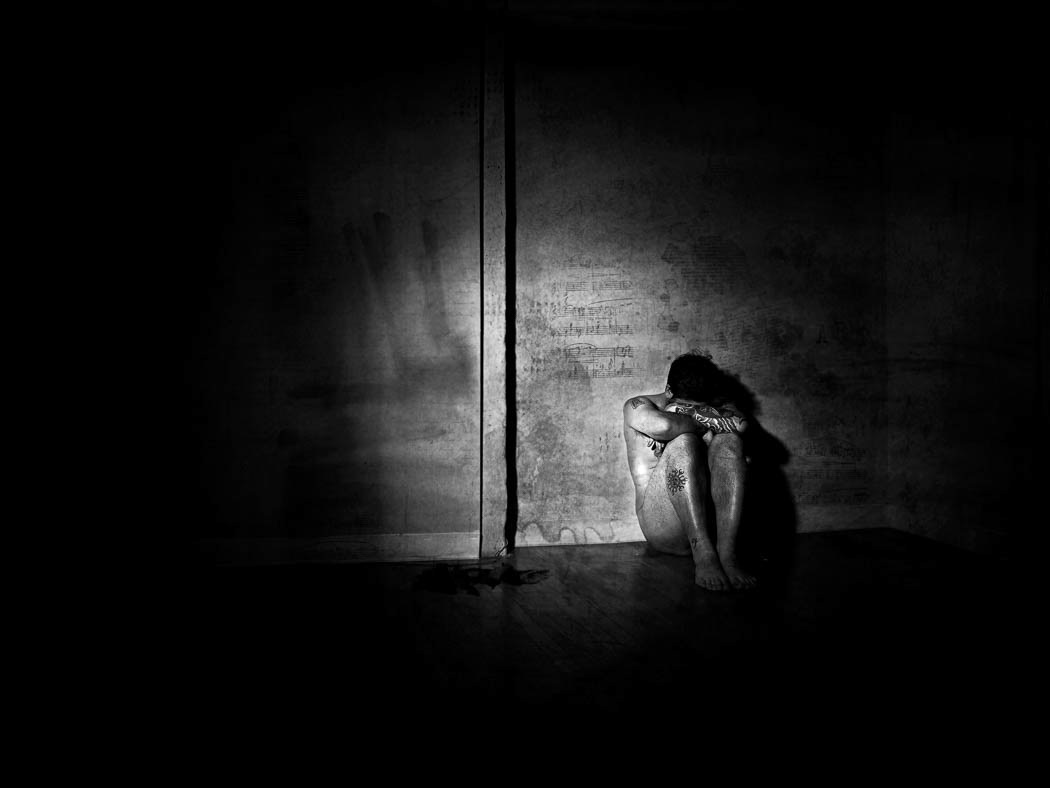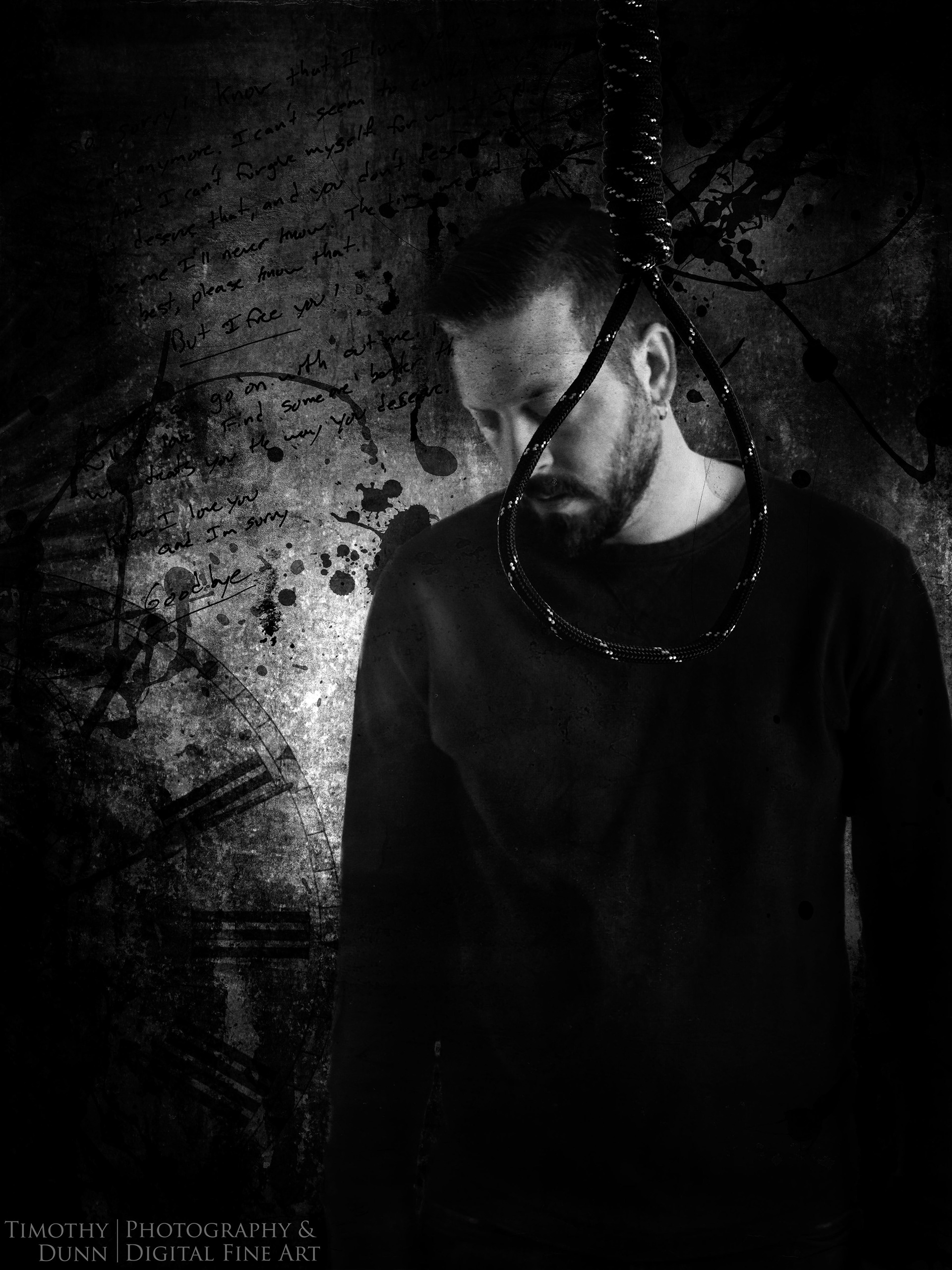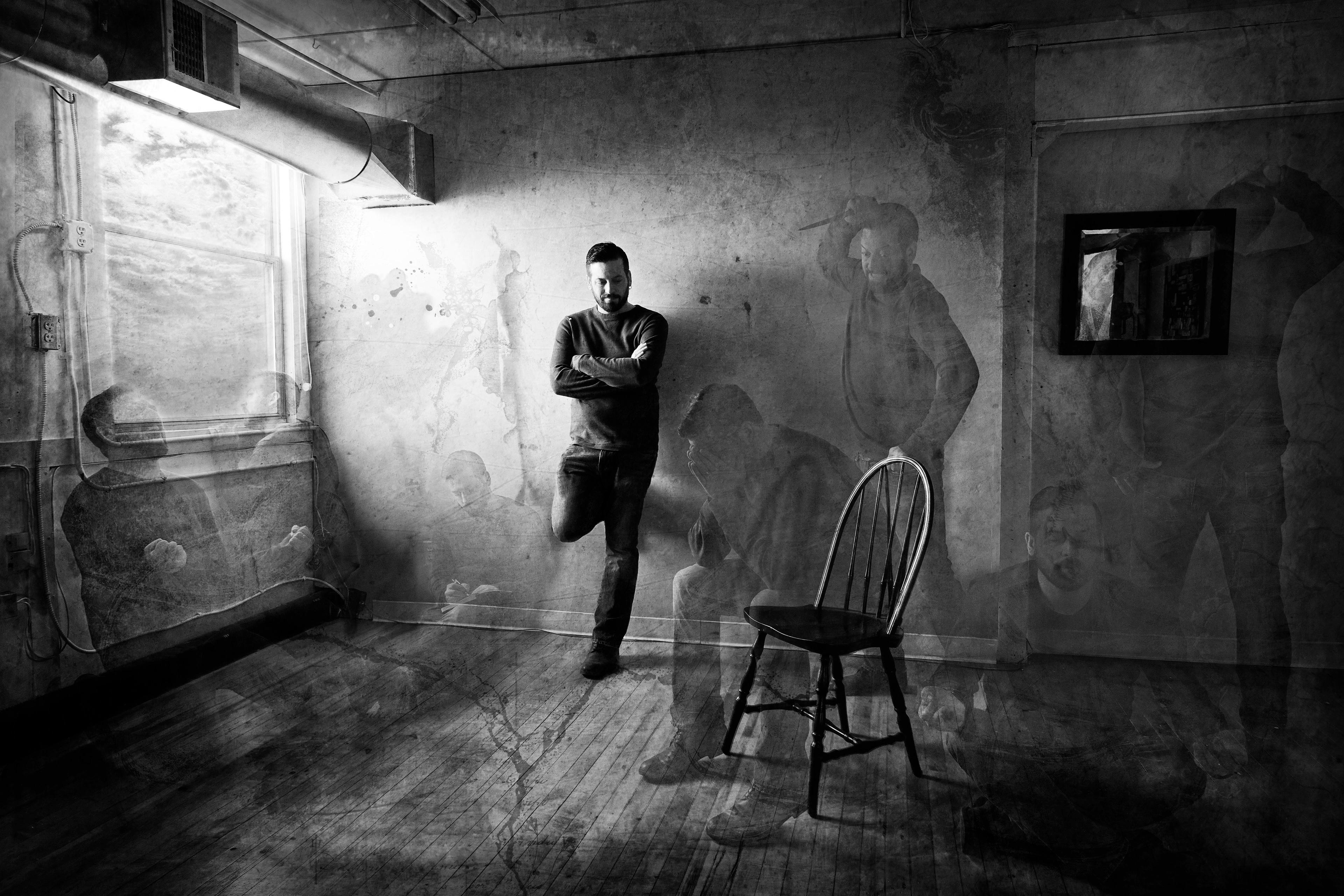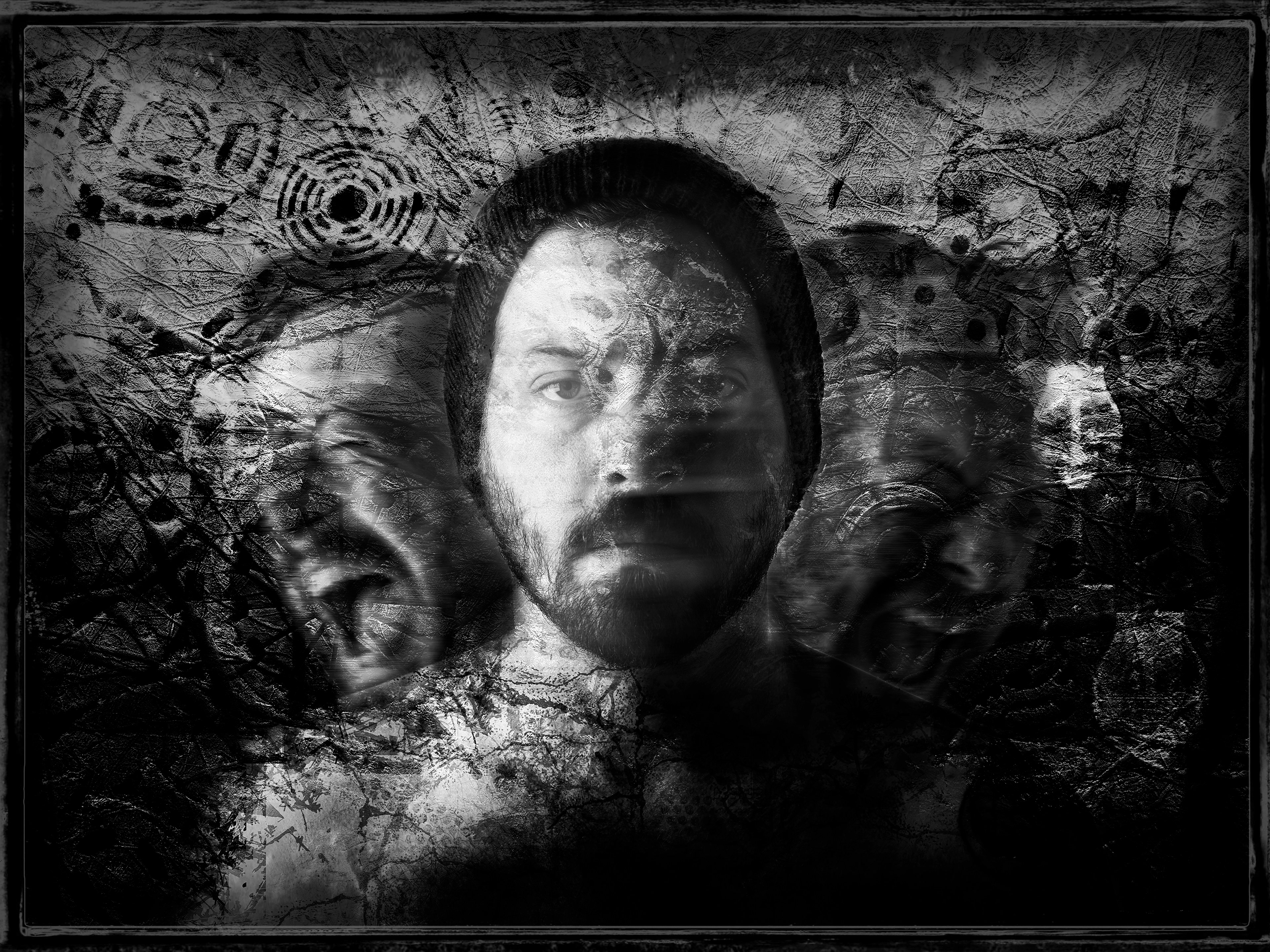
Alone

Faceless

Lost

Split

The series started unintentionally and out of the blue. I was going through a hard time in my life, still not truly understanding myself and my mental state. And in the moment, I felt very alone. Laying in bed one night, I saw myself sitting against a wall and surrounded by darkness. A few days later I acted on it and created the image “Alone”. As I started thinking of other idea’s to make the image part of a series, my life started to fall apart around me at the same time. I started unintentionally pouring my emotions into various images to make up the series. I soon came to realize that I was creating around what I was feeling, and looking at the images, I was clearly heading to a place I didn’t want to be. I finally decided to seek help. And I’ve come a long way since then. I’ve been diagnosed with dysthymia (depression) and anxiety and I’m still learning to cope with it. This project is a reminder to us all that we need to be able to talk about this freely. If I had felt that I could talk to those close to me earlier in my life, things may have been significantly different for me and I could have found ways to cope earlier. If you know someone that may be dealing with mental illness in some way, talk to them. Let them know that they are loved and not alone. No one will truly understand what someone else is going through, but having a shoulder to lean on could be, for some, could be the difference between life and death. Let’s end the stigma around mental illness. Start a conversation.




